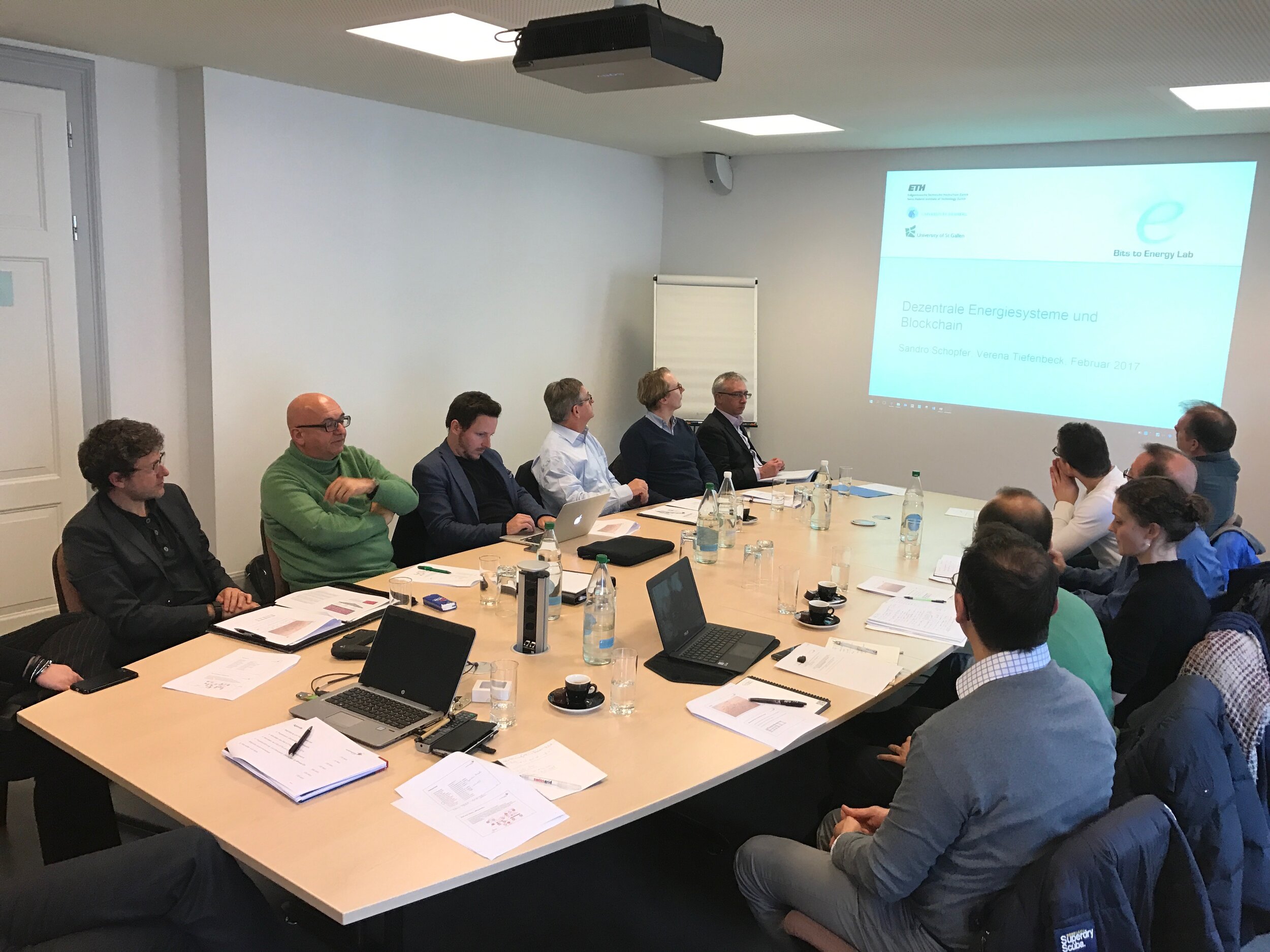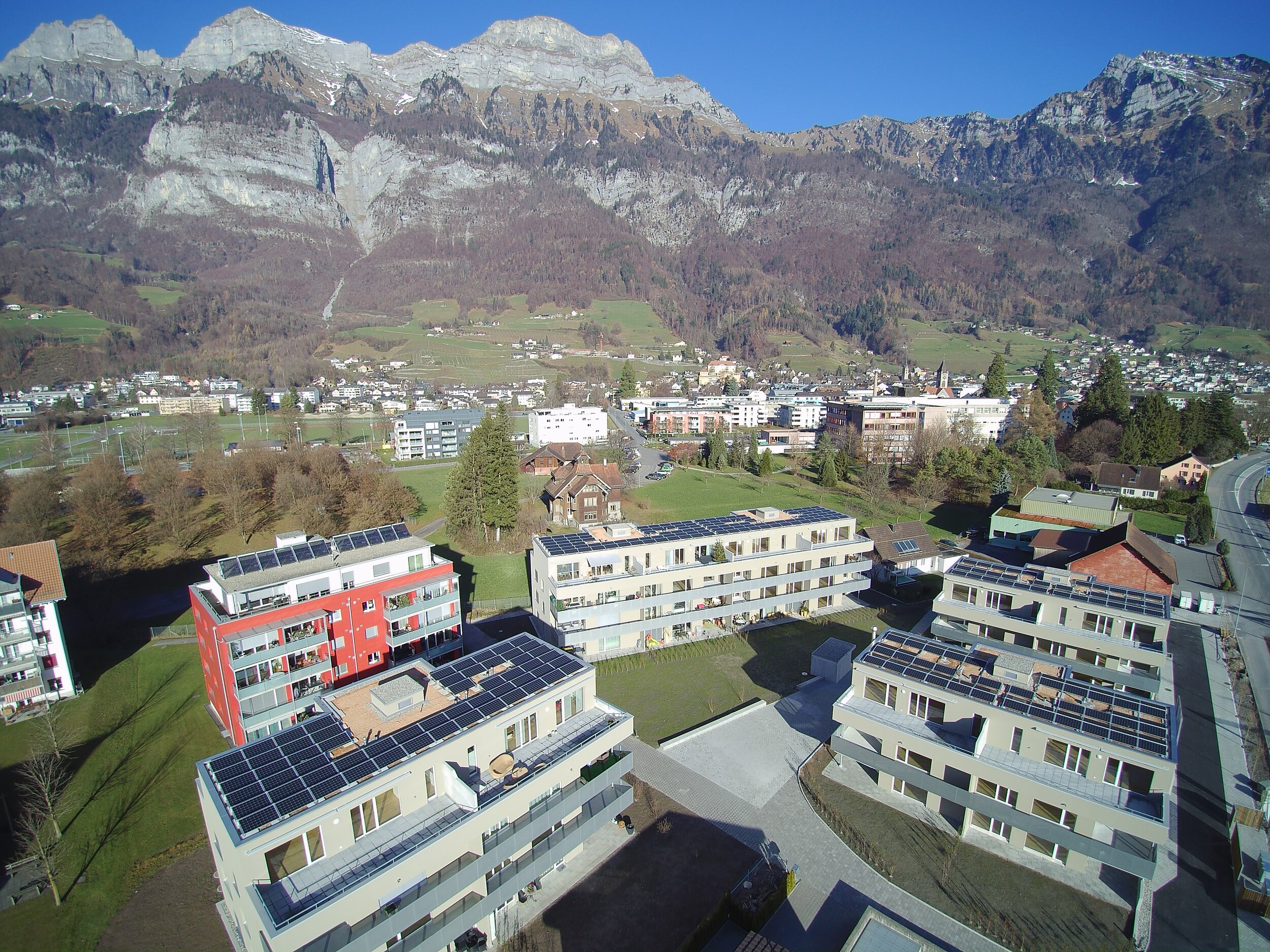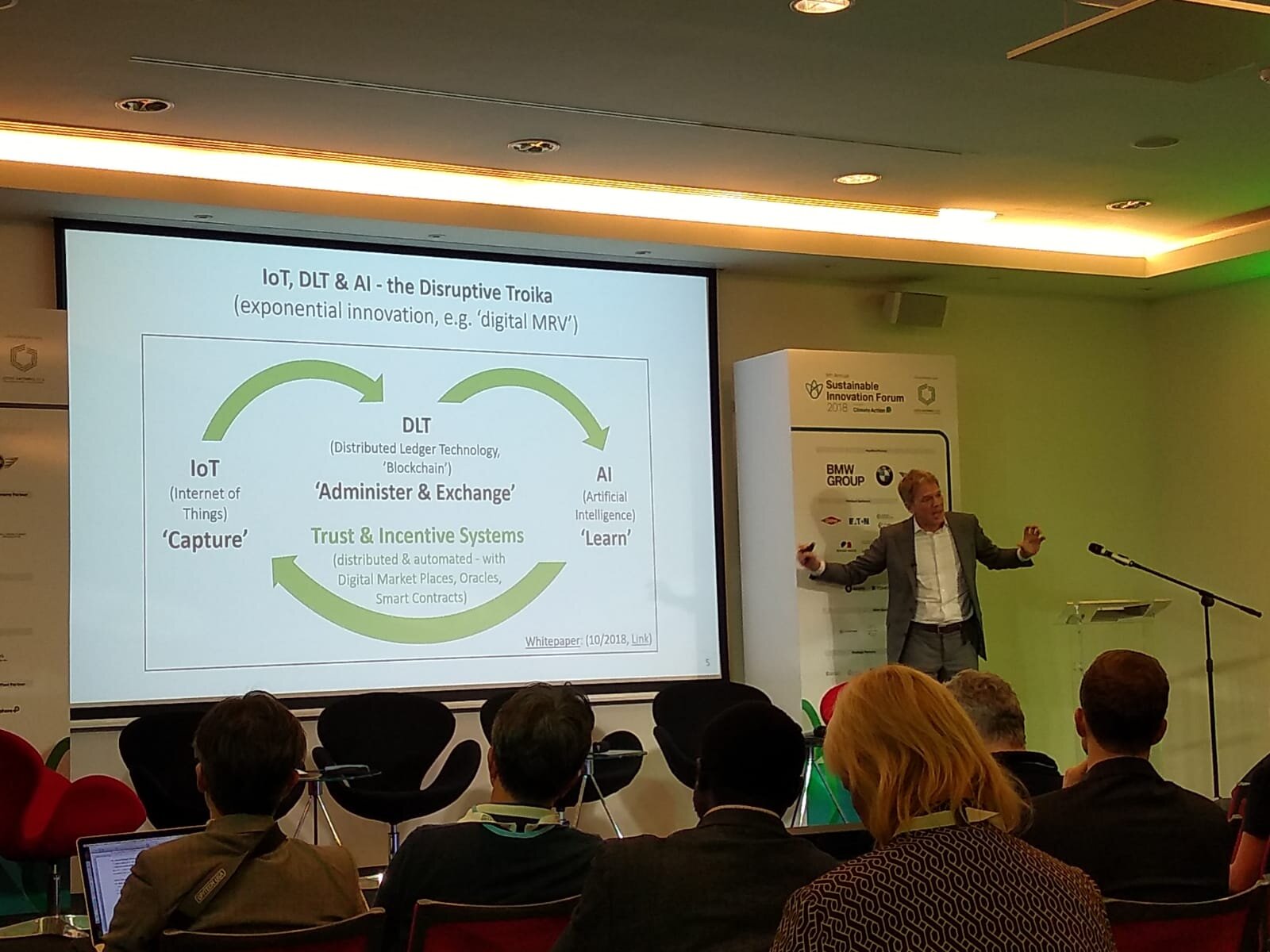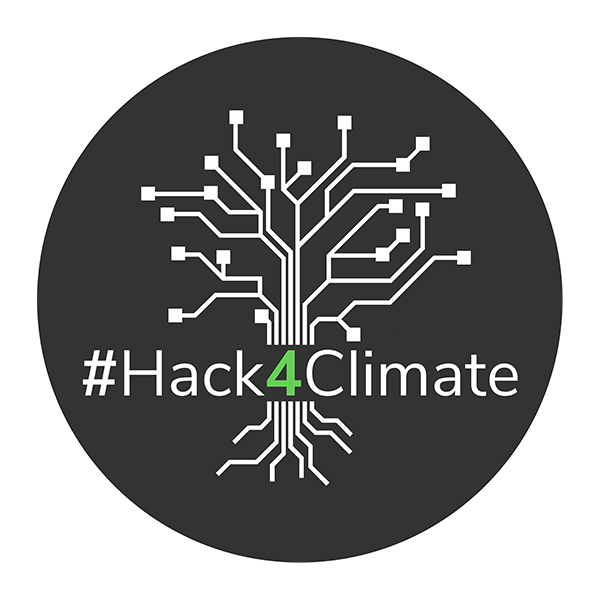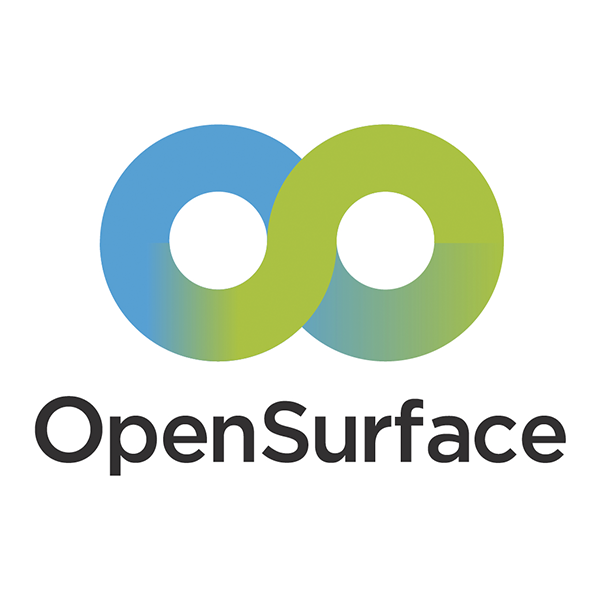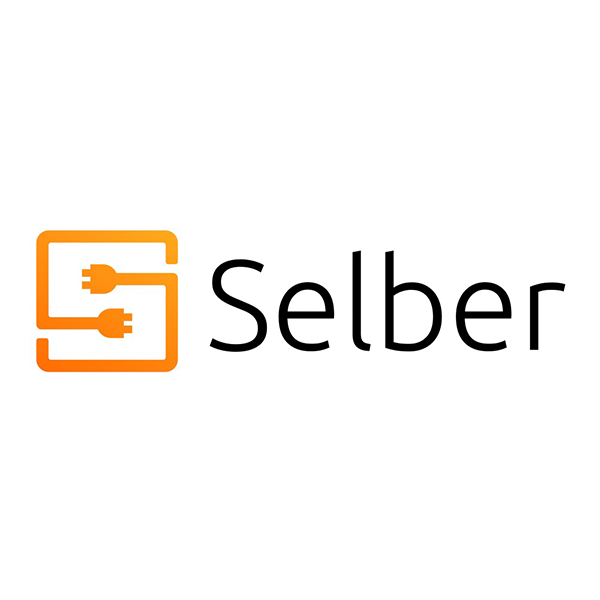
More on H4C
The core focus of Hack4Climate (H4C) is to mobilise community-based innovation that brings forward tangible solutions. H4C is therefore linked to the global climate negation community and is operated in close partnership with local universities and accelerators.
Focus on the ‘disruptive troika of IoT, DLT, and AI shall bring forward exponential, disruptive solutions. Background considerations for this are provided in the C21 white paper ‘A Climate-Innovation Perspective on the Fourth Industrial Revolution’.
In 2017 at COP23, H4C launched with the first ever hackathon linked to a climate conference – in Bonn, Germany, under the presidency of Fiji. In preparation, H4C formulated climate challenges and conducted workshops in 17 international cities where talent around it’s three focus technology could be found. The workshops and a partnership with the Impact Hub network served as a basis to call for applications to a week-long hackathon organised on a river boat, moored right outside the UN conference centre. From thousands of applications, H4C selected the 100 most high potential candidates, coming from 33 different countries.
In 2018 at COP24, H4C tried a somewhat different format – 25 local hackers, and 100 online, reducing costs and emissions from travel. The program included a ‘use case studio’, strengthening the winners from the previous years.
In 2019, for COP25, H4C had planned to trial yet another format, including local universities and firms supporting a large local team, supported by experts online. Unfortunately, local riots forced UNFCCC, in an unprecedented move, to alter location just one month prior to the event from Santiago, Chile to Madrid, Spain. This in turn forced H4C to cancel all its COP25 plans.
For the development of H4C to date, C21 benefited from the support of foundations including ClimateWorks, CIFF, and Climate-KIC, and companies such as SBB, Deutsche Telecom, Lufthansa, Volkswagen, IOTA, Consensys.
H4C is impacted by the ongoing pandemic caused by the Coronavirus, but new program formats are being developed. C21 is determined to continue H4C development, given the tangible innovation the program has already produced.
This includes the first government pilot deploying AI for land use/forest management (OpenSurface, click for more) as well as the first innovation project funded by Swiss Energy Ministry involving blockchain (Selber, click for more).
Latest on #H4C
-
Cool #AI/#MachineLearning example specifically addressing #renewable_energy load management and thus #ClimateAction… https://t.co/638aMcKrWT
-
C21, the foundation behind our initiative has added background on why we #hack for #climate! In a nutshell: Innova… https://t.co/EmKE9m9Y0O
-
Mainstream media on digital money. It's happening, if you like it or not. https://t.co/LhMLzZVCBg
-
RT @WElRDHISTORY: Gold medal-winning vaults 80 years apart (Men's Gymnastics) https://t.co/F8Spx3l8zx
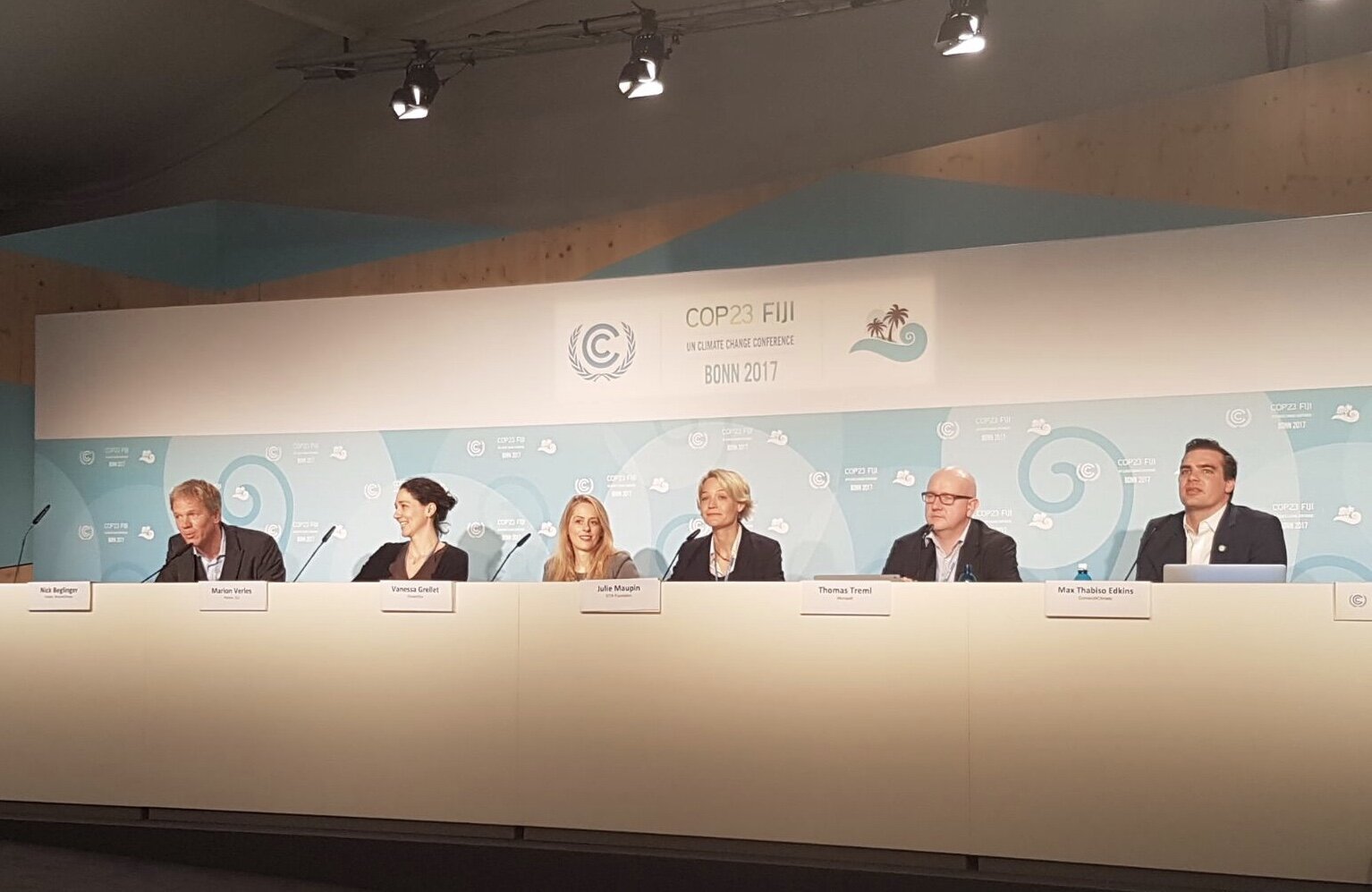
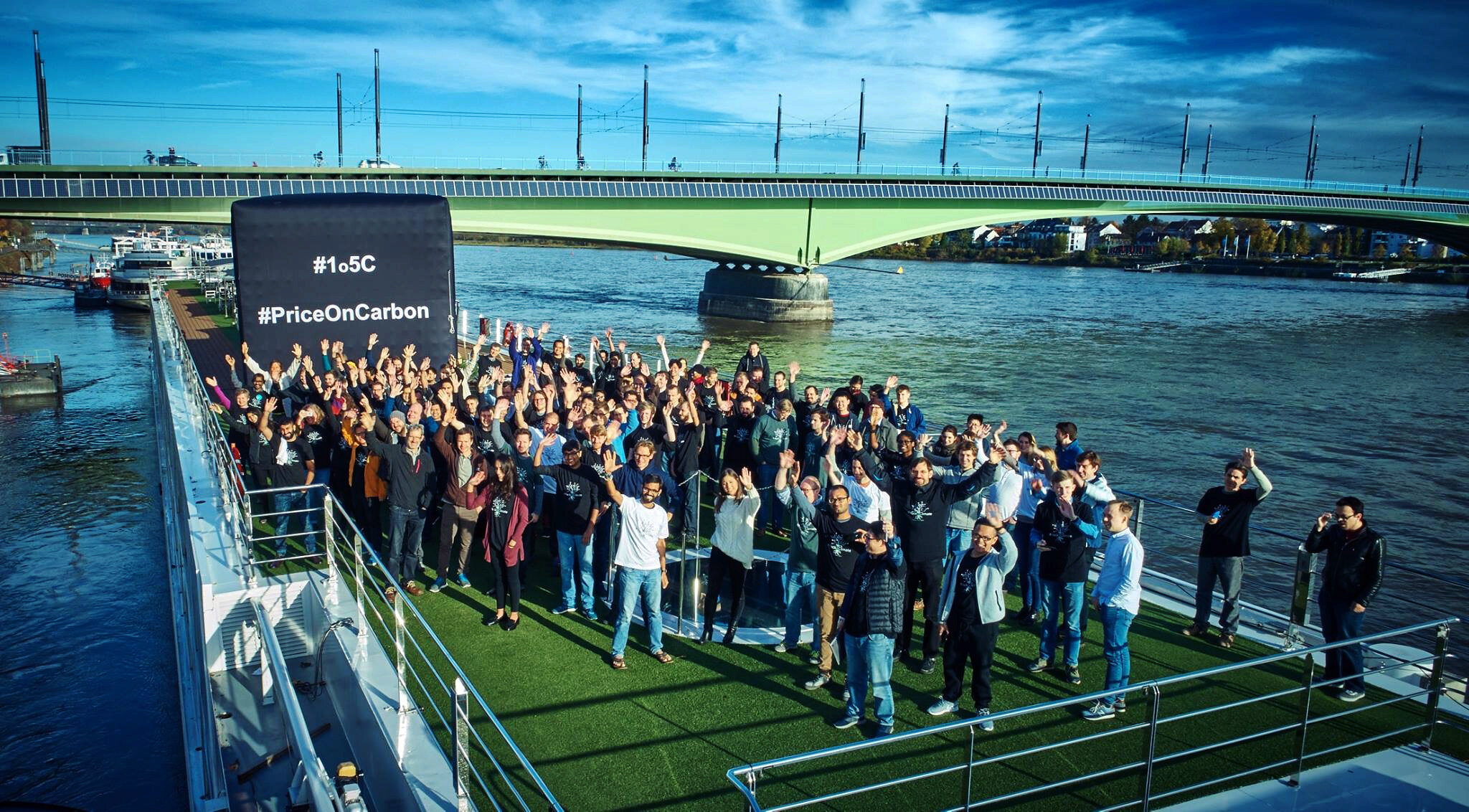

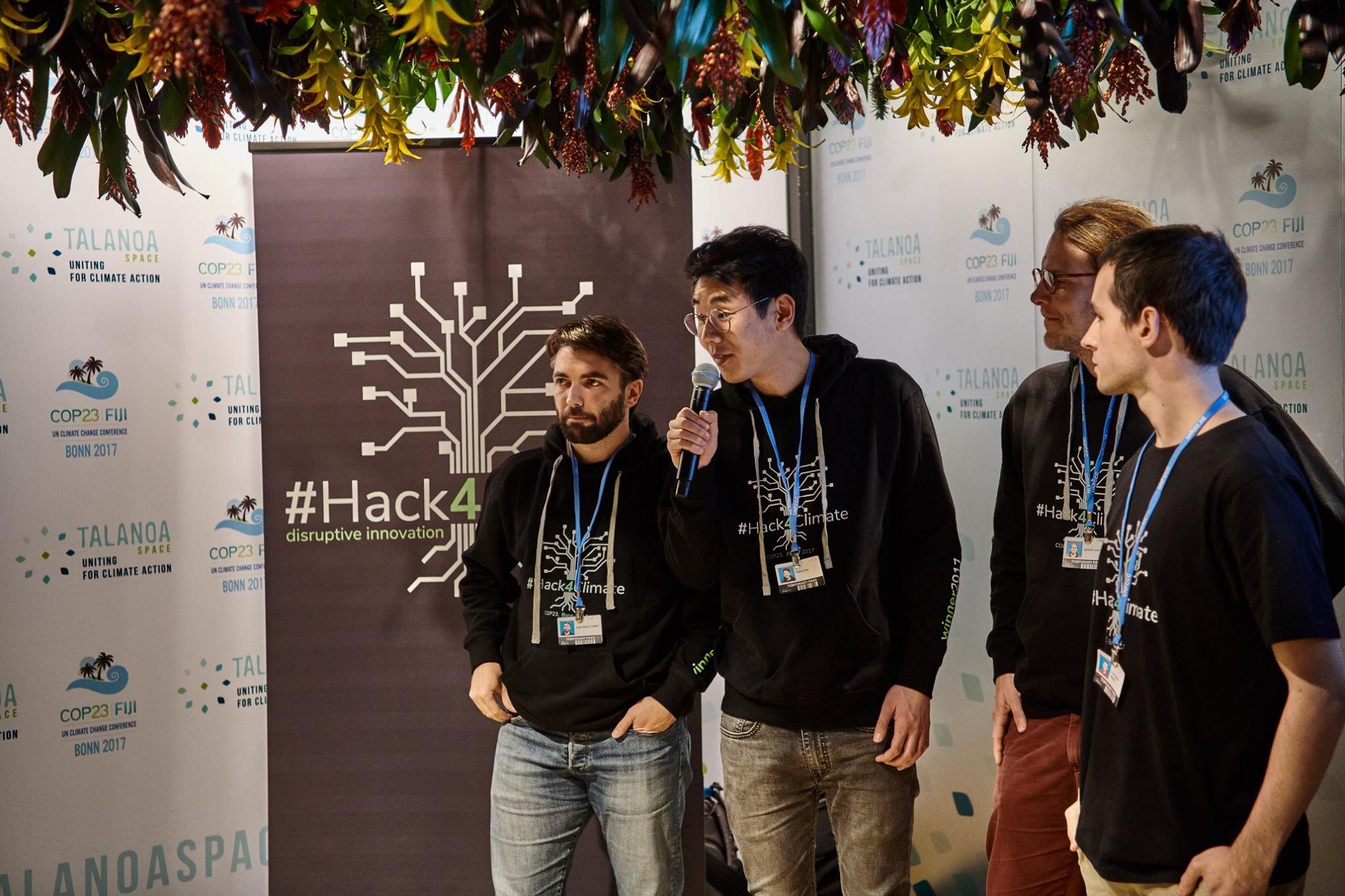
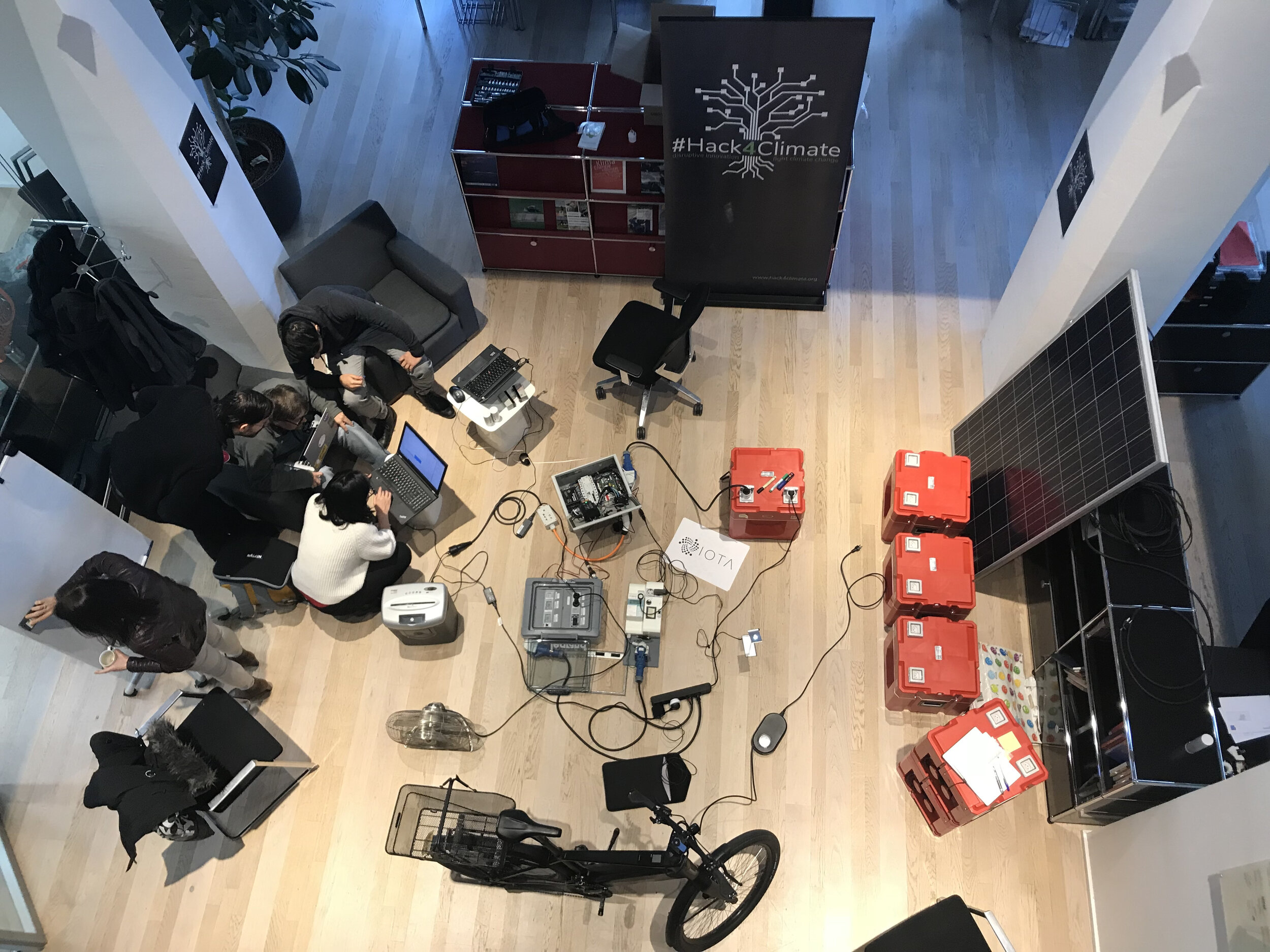

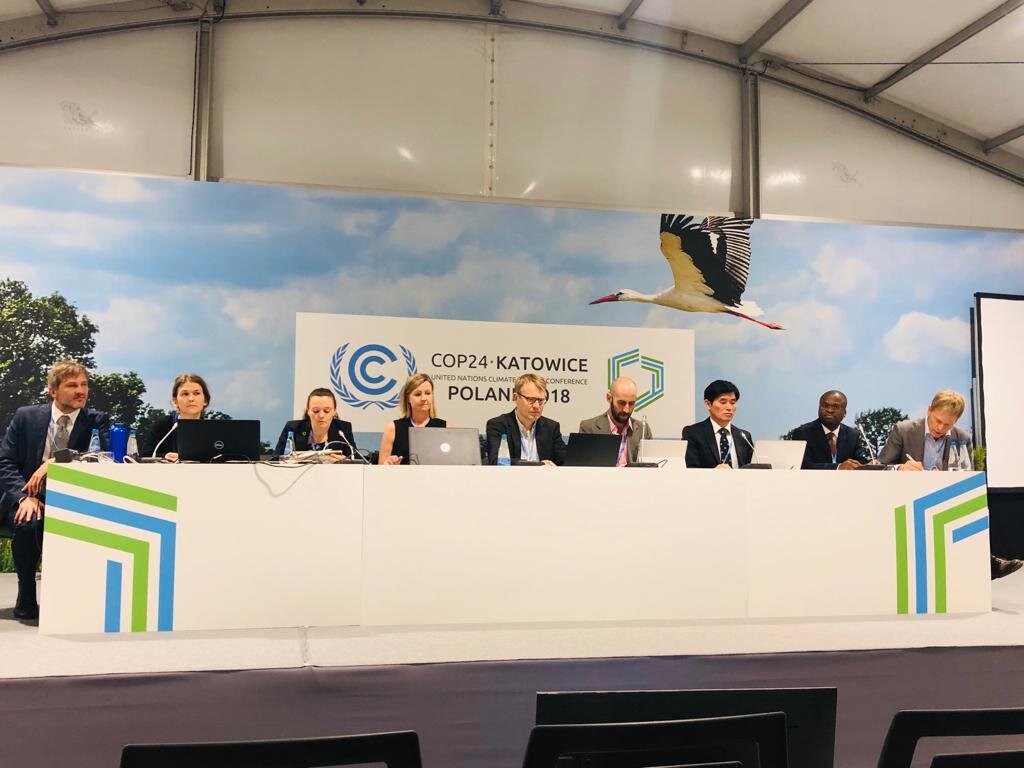
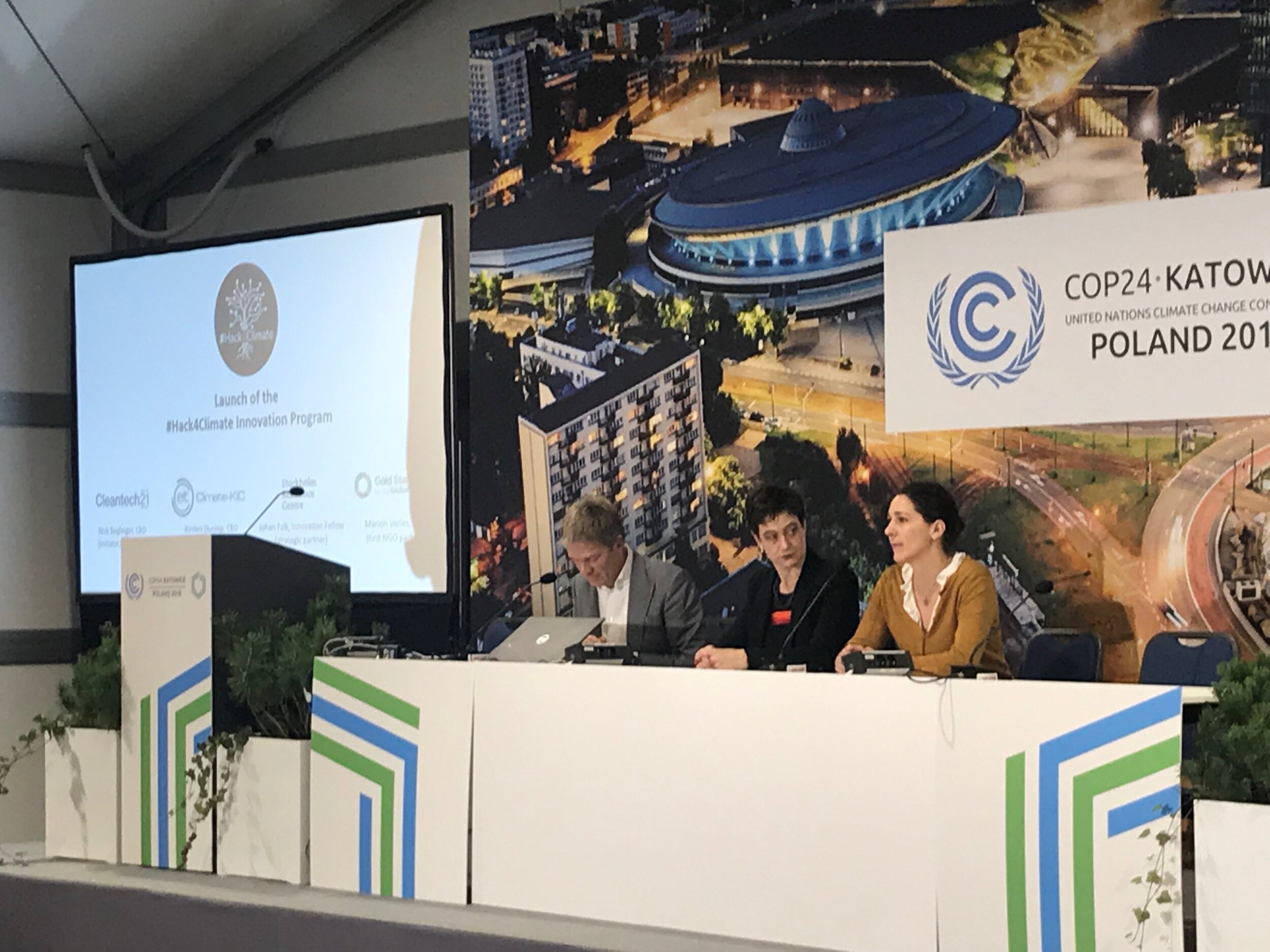
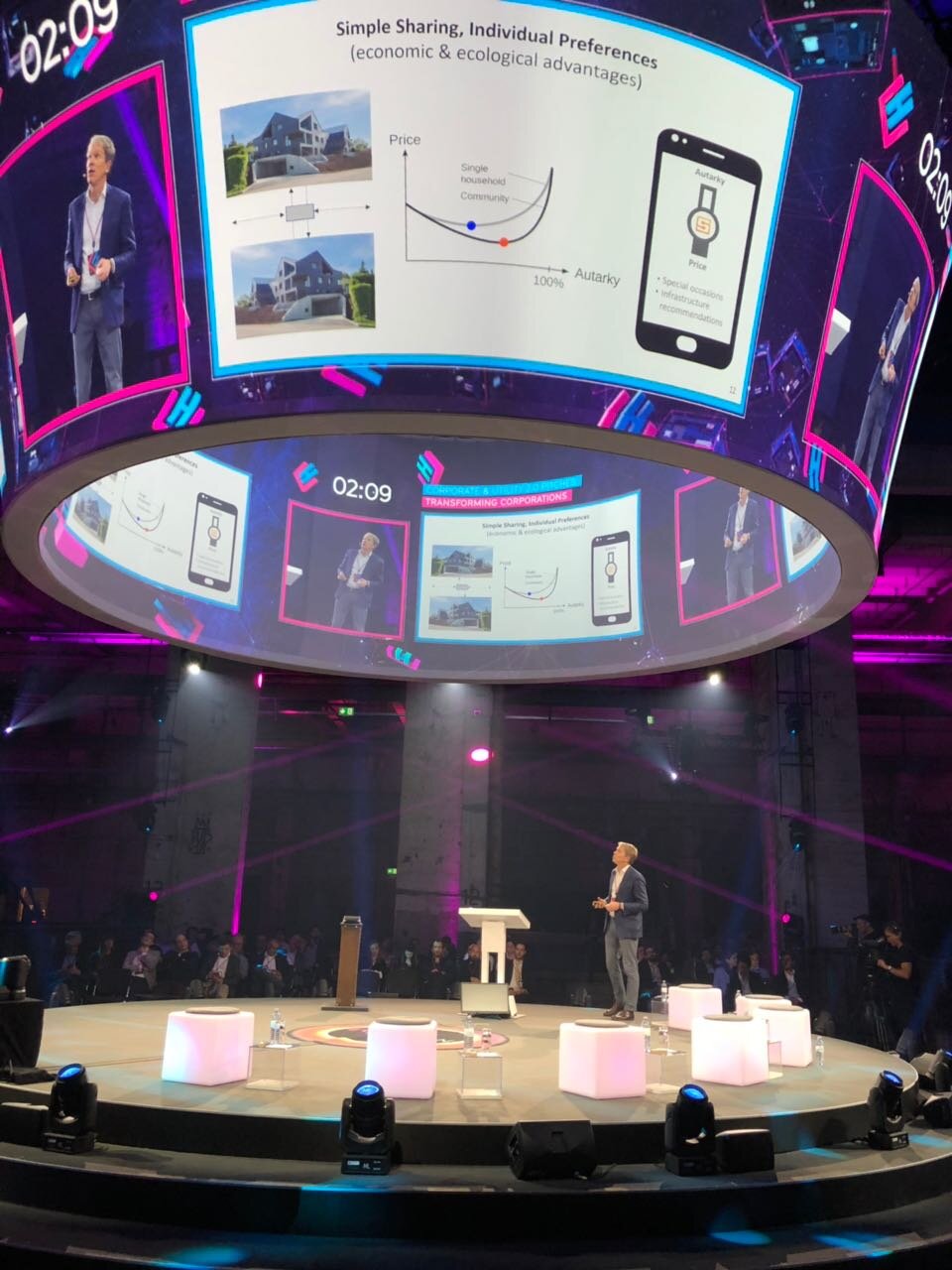
More on OpenSurface
Winner of Hack4Climate 2017 was team GainForest. In a truly ground-breaking effort, GainForest applied artificial intelligence to satellite images for an automated analysis of deforestation patterns, incl. prediction. Following the hackathon, the team received a lot of attention and inspired many. At Hack4Climate 2018, GainForest participated in the use case studio and rebranded to ‘OpenSurface’. The studio was instrumental in defining its further development strategy and led to growth in the team. It also laid the groundwork for the conclusion of a real-world pilot with the Government of Chile, with the financial support of IDB, Climate-KIC, and ETH Zurich (totalling approx. USD2m). The mission of OpenSurface is to automate the analysis of land-use observation data (from satellites to drones and mobile phones). It thereby enables a paradigm shift in measurement, reporting and verification services (‘digital MRV’). Services can be offered in near real-time, which in turn allows for radical innovation in many land use domains, e.g. for avoiding deforestation, improving biodiversity, or empowering sustainable agricultural practices.
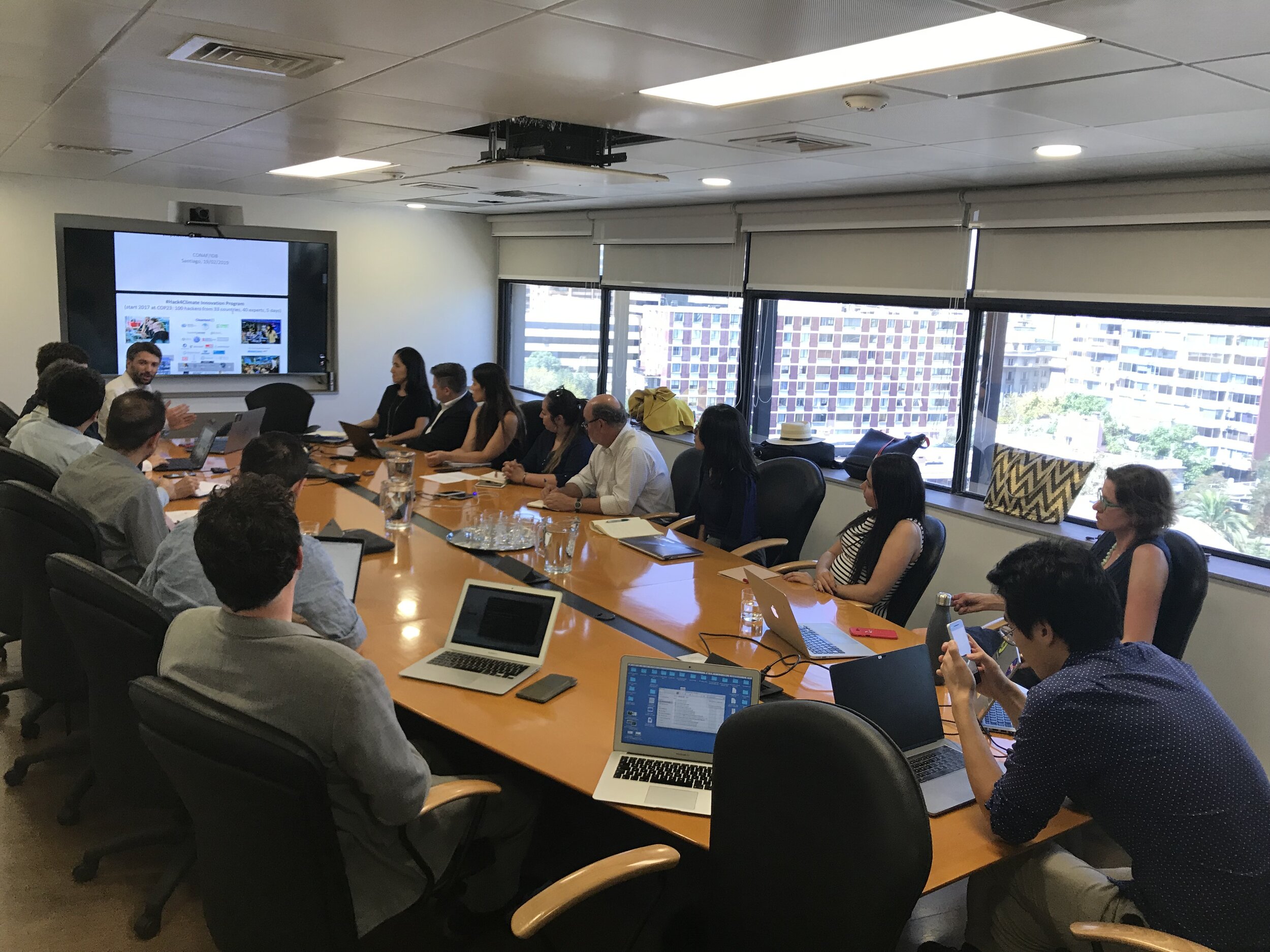
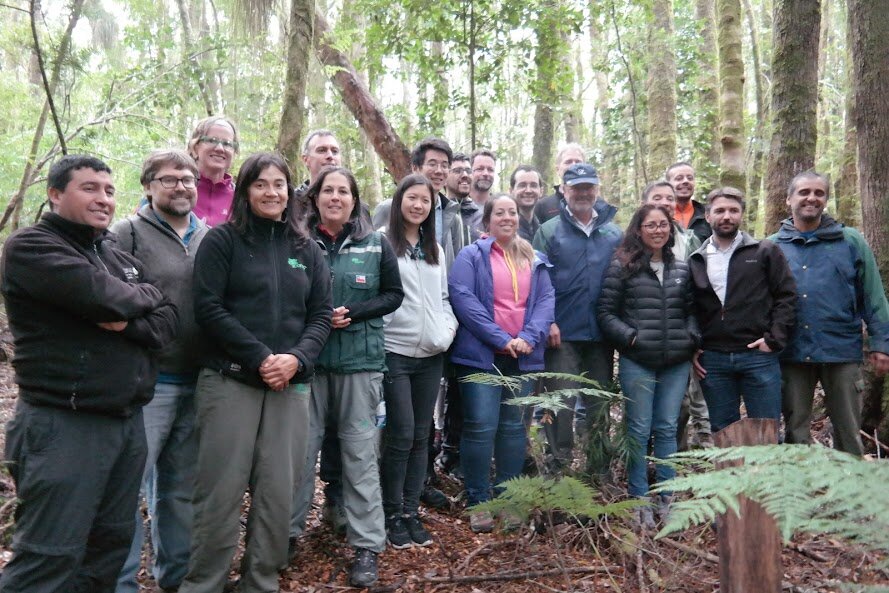

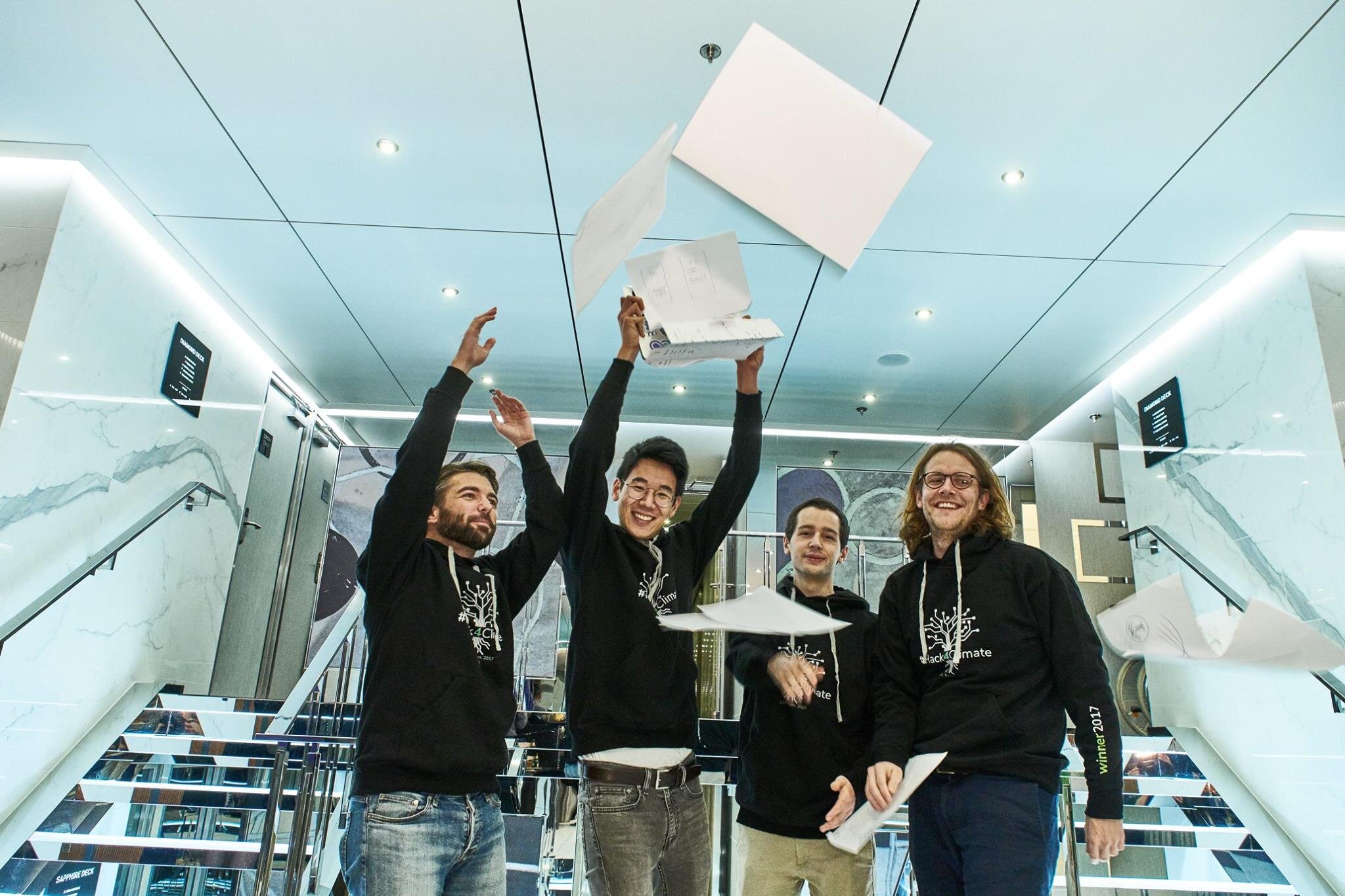

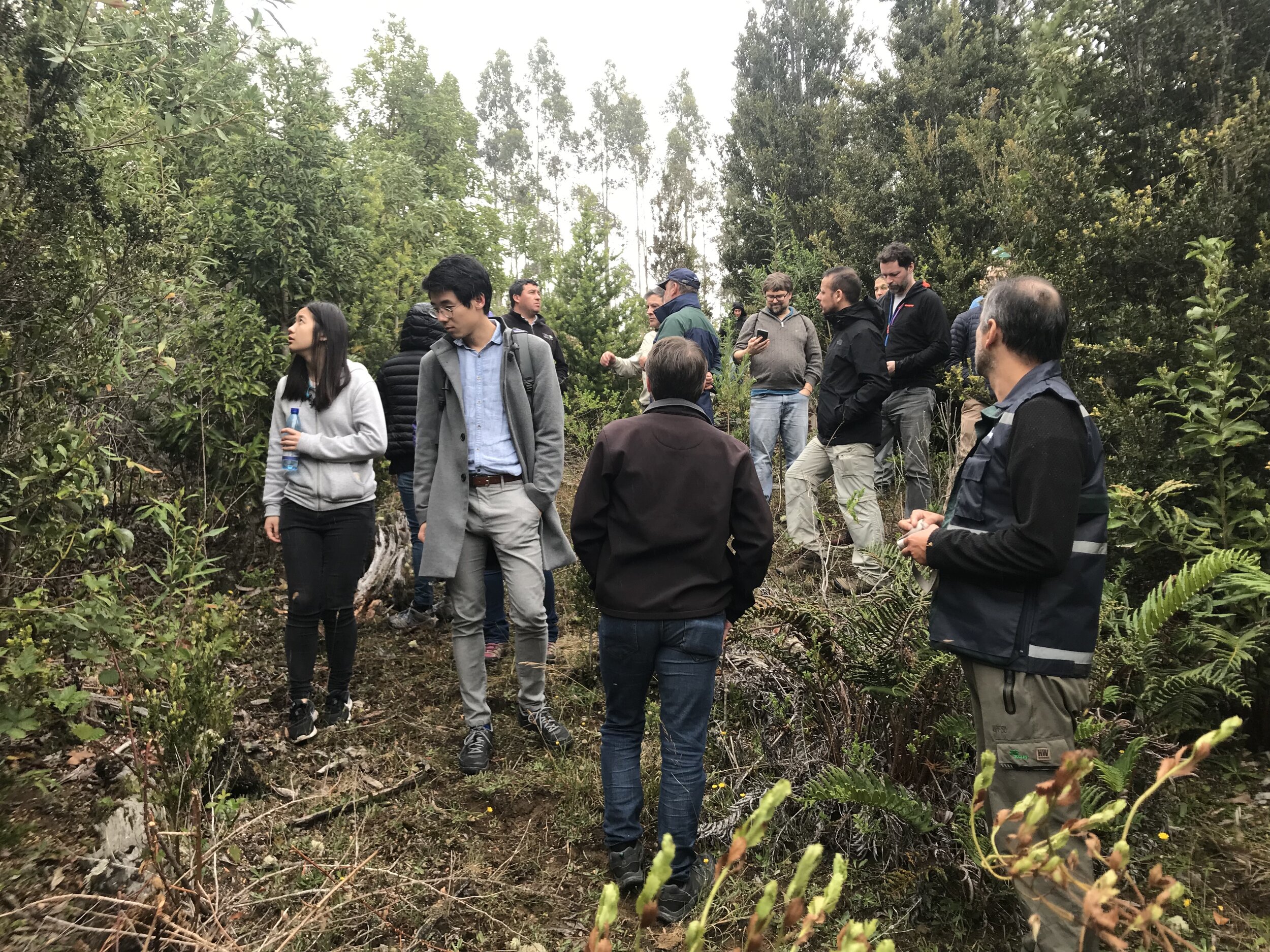
More on Selber
A Hack4Climate 2017 runner-up was team PowerID, which was later renamed to ‘Selber’. It responded to the distributed renewable energy challenge. The approach taken by the team turns the energy market on its head – regulating the power grid bottom-up rather than top-down. The Selber team also participated in the Hack4Climate 2018 use case studio, benefiting from various expert inputs during COP24. This led to the development of a real-world pilot in Switzerland. Selber was able to initiate the ‘Quartierstrom’ pilot, a ‘lighthouse innovation project’ funded by the Swiss Ministry of Energy (BFE). It was managed by ETH Zurich and included several Swiss and international project partners. The pilot laid-open the many regulatory deficiencies currently preventing the growth of distributed renewable energy, and considerably shook-up Swiss energy policy. Fundamentally, Selber enables prosumer-centric distributed renewable energy development by way of an open-source smart meter and a prosumer software application with which to connect to a digital energy market. This includes dynamic (i.e. time and location-dependent) network pricing, open energy market access, and a fully bottom-up network management and pricing approach with the prosumer at the centre. C21’s 02/2019 white paper on Selber provides further background, as does this presentation held at the Climate Action Forum, during COP24 in Katowice. The work of Selber contributes to the regulatory upgrades needed for unleashing distributed renewables. In the view of C21, a distributed strategy performs best in terms of implementation speed, costs, grid stability, and equity.

